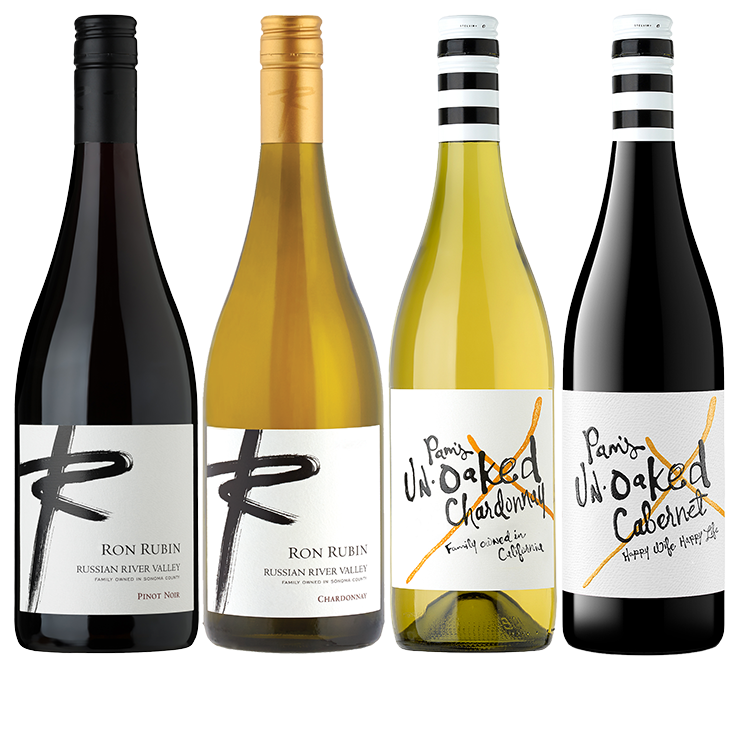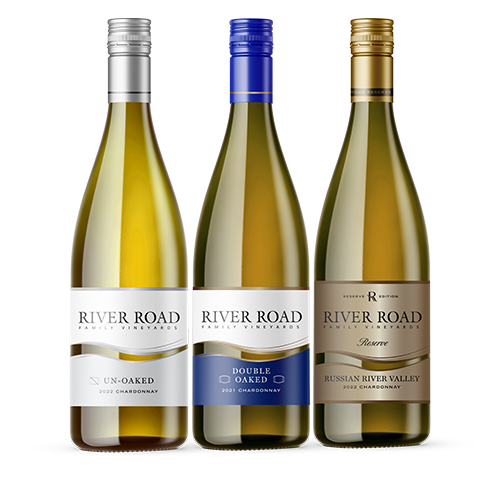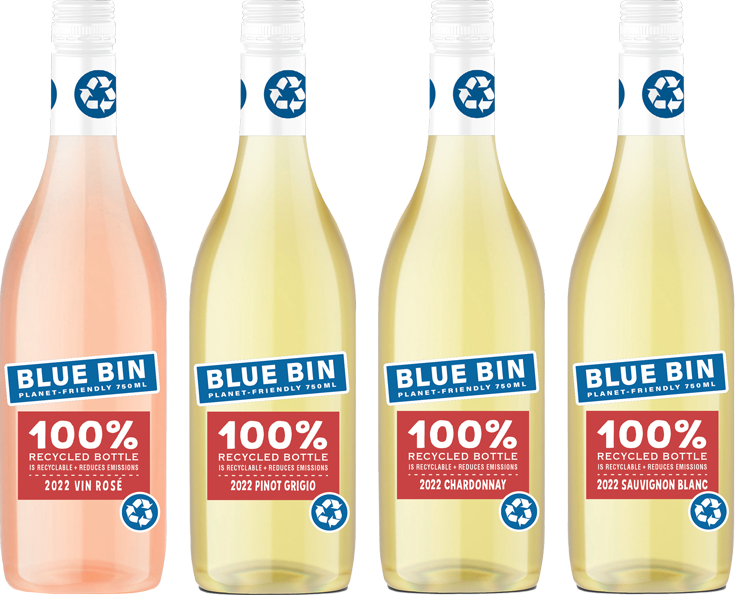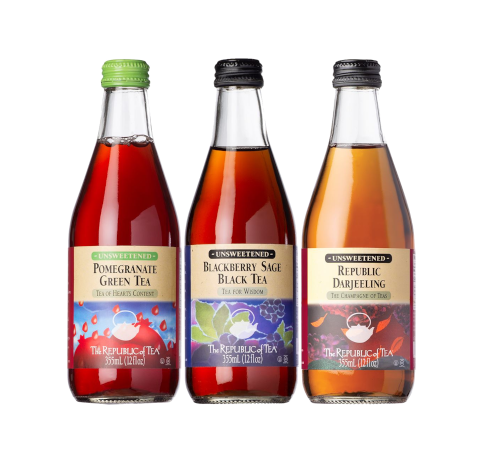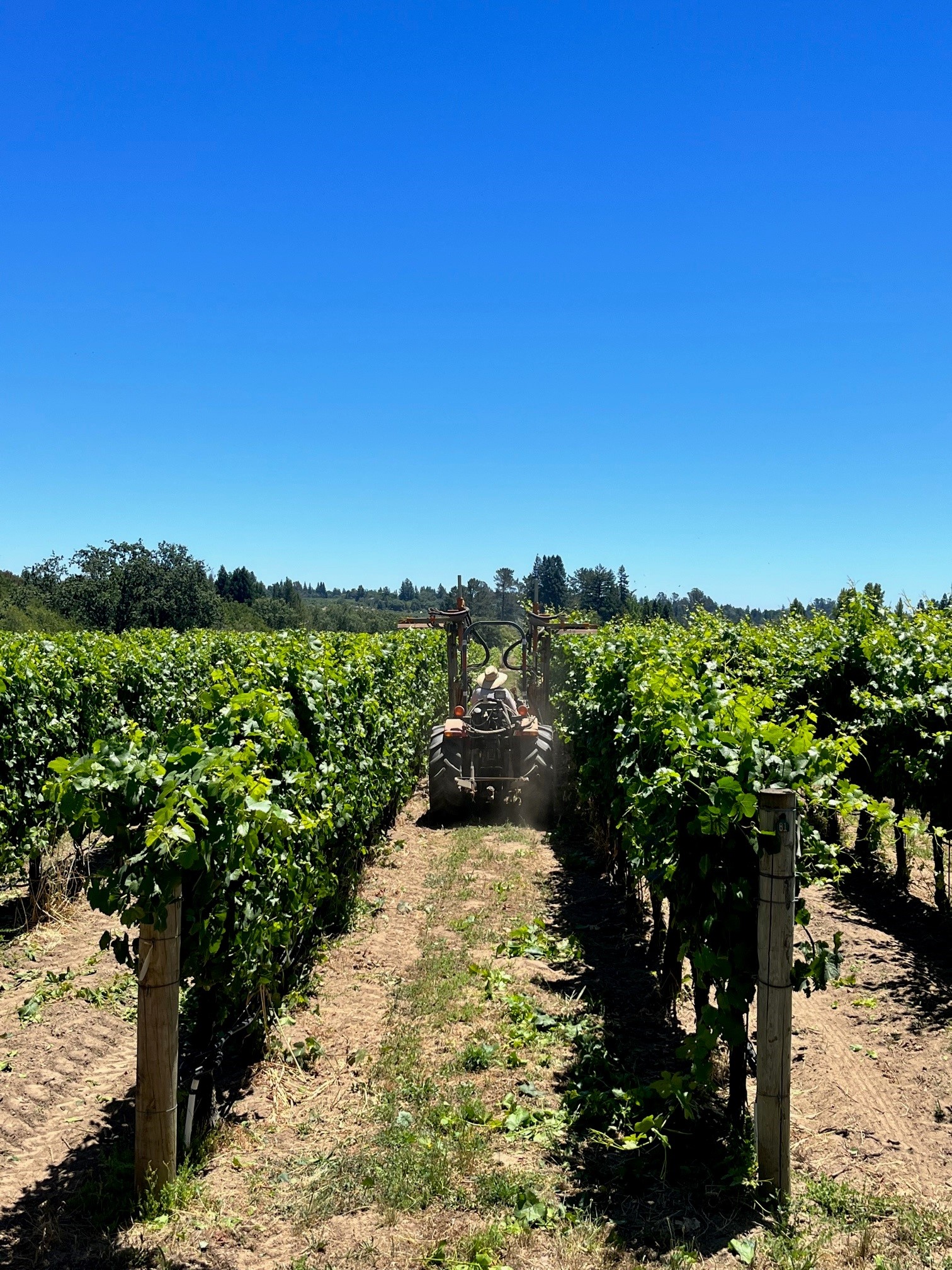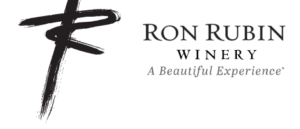Season Update
Bloom has finished and the grapes are well on their way to into the 2022 growing season. In the vineyards the grapes are now “pea” sized and the bunches are starting to close. I am very happy to see an abundance of clusters on the vines given the challenging conditions that have occurred during bloom. Those conditions are behind us now and most vineyards I have visited seem to have come through in great shape. Thus far, it looks like we can expect an outstanding harvest here in the Russian River Valley. Currently, we are finishing hedging of the Estate Vineyard. As the vine shoots grow and reach the top of the trellis wires, they begin to droop over into the vine rows. This prevents us from being able to drive the tractor through the vineyard when needed, so it is important that we clear them out for accessibility purposes.
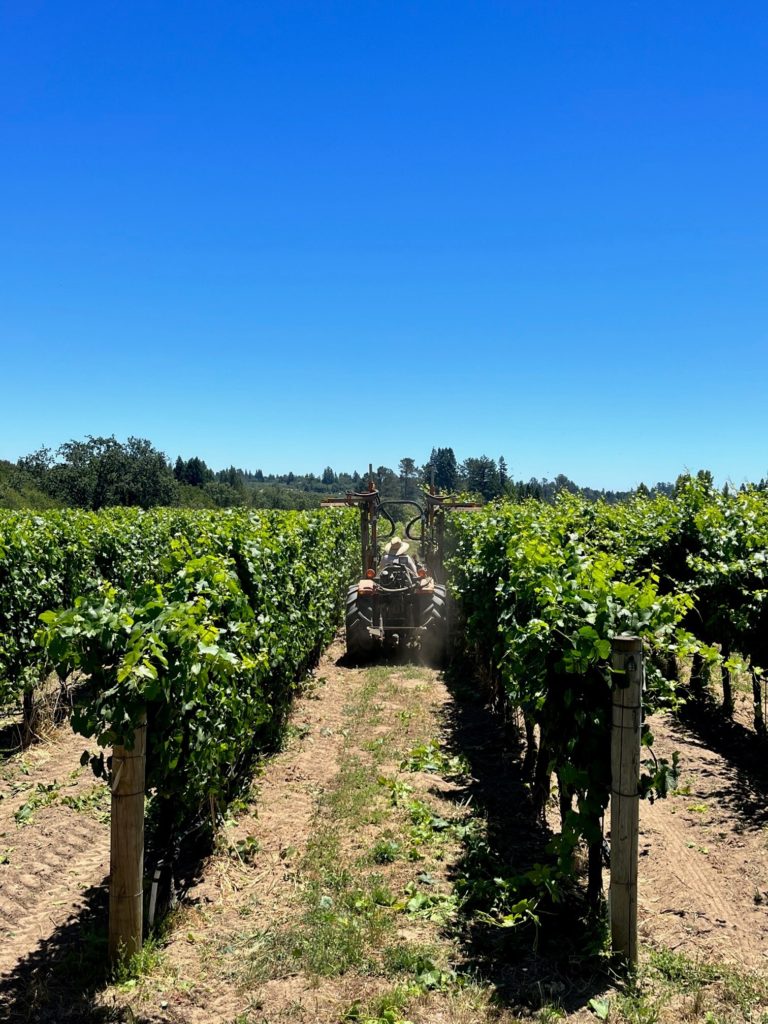 Hedging the Estate Vineyard
Hedging the Estate Vineyard
It is also important because it is a technique to help us balance the leaf surface area and grape clusters on the vines. After the hedging is complete, we will “leaf” the vineyard. Leafing is removing the leaves that are covering the fruiting zone to allow more sunlight and airflow to access the young grape clusters. These are important steps to nurture the grapes further into the growing season.
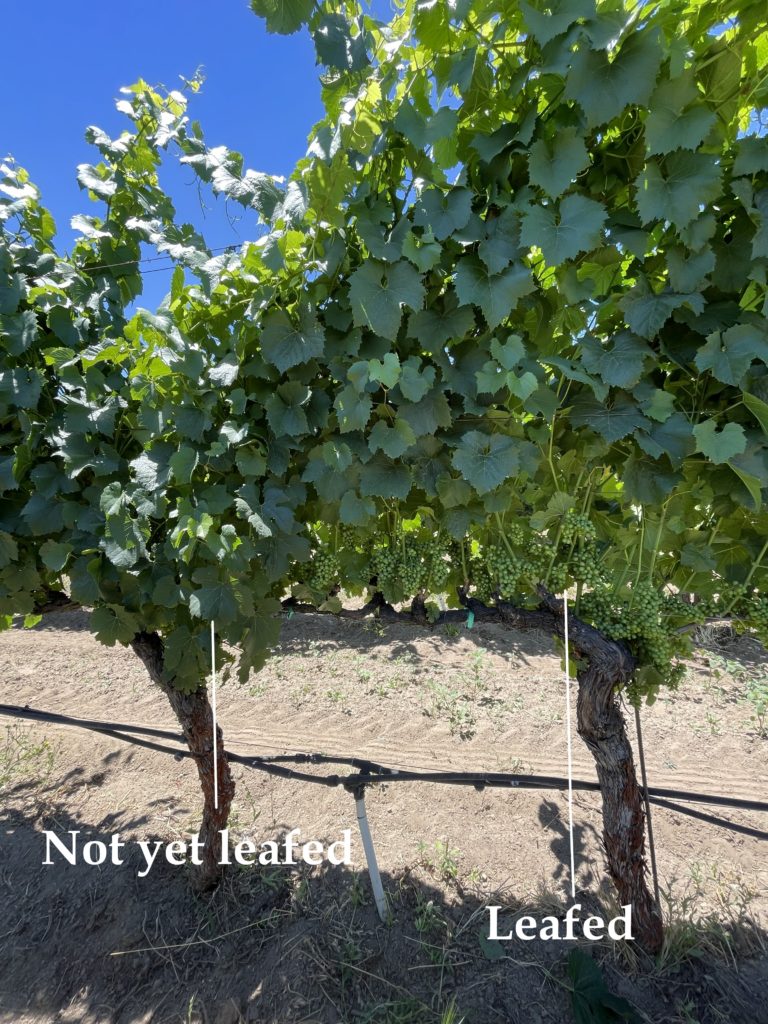 Examples of leafed areas in the vineyard
Examples of leafed areas in the vineyard
The Russian River Valley
I have been lucky to call the Russian River Valley home for thirty-five years now and the other day I was asked what makes the Russian River Valley special. I enjoyed this question, and I’d love to share what makes this place special and unique. It all starts with the geography. The Russian River Valley was formed millions of years ago by geological events that created the perfect foundation for growing Pinot Noir and Chardonnay grapes. One result from these events are the many unique soil types that are found here. There are alluvial soils found in the benchland areas to more clay-based soils found in the hills. In fact, the Russian River Valley has more types of soils than the whole country of France! The most sought-after soil for vineyards, which we have at our Estate Vineyard, is known as Goldridge soil. It’s a “sandy loam” soil with a perfect mix of nutrients, and the major ingredients are approximately 60 percent sand, 10 percent clay, and 30 percent silt particles. The top layer of soil is from 12 to 18 inches and is silty clay loam. The next layer (after the 12 to18 inches) is well drained sandy clay and is called sandstone. The deep silty and sandy loam soil is dominated by sand particles, but there are enough clay and sediment particles to provide some fertility. Traditionally known to have low magnesium content, Goldridge Sandy Loam soil provides good drainage and an outstanding, natural chemical balance. These unique soil conditions create the perfect foundation for Pinot Noir and Chardonnay grapes.
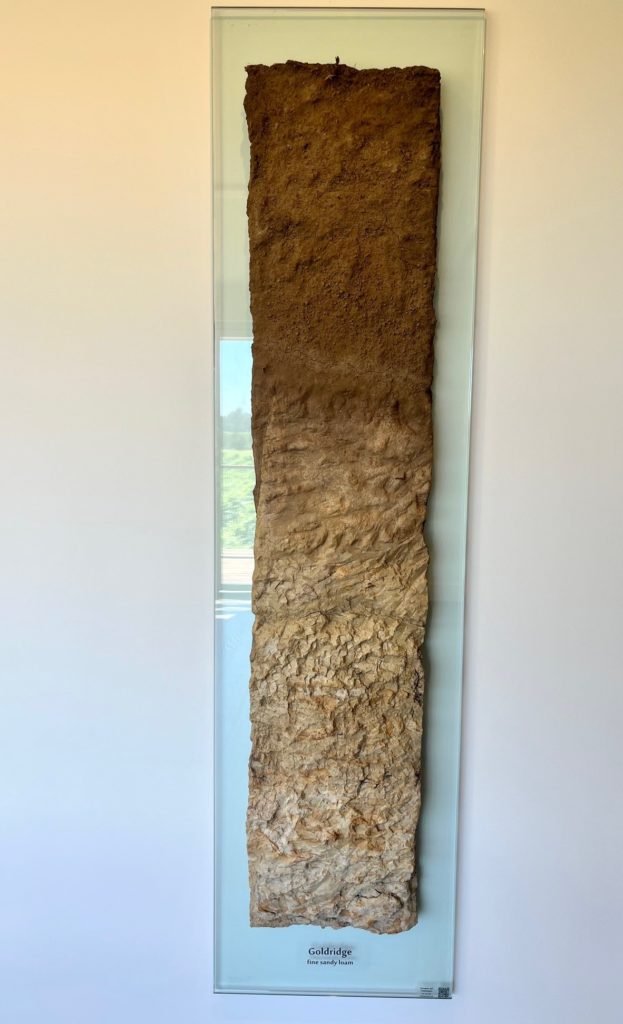 Goldridge Sandy Loam soil monolith taken from our Estate Vineyard
Goldridge Sandy Loam soil monolith taken from our Estate Vineyard
Another special aspect of the Russian River Valley is that we are a “cool climate”, which is characterized by cool morning fog coming in from the Pacific Ocean and the temperature moderating effect of the rain-fed Russian River which swells in the winter and moves through the heart of the valley out to the ocean. This creates large daily temperature variations with the nighttime temperatures dropping as much as thirty-five to forty degrees Fahrenheit. The summertime warmth of the growing season is tempered by the maritime influence which creates a long, slow ripening period that helps development intense flavors and silky textures in the resulting wines.
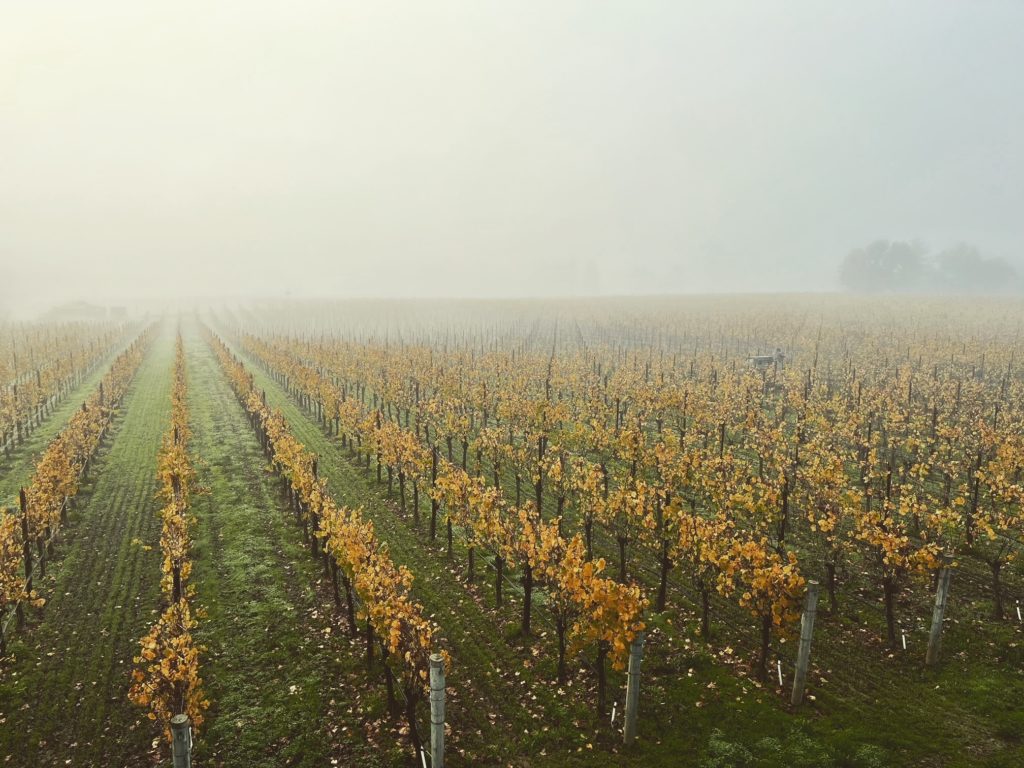 Fog rolling through our Estate Vineyard in the early morning in November 2021
Fog rolling through our Estate Vineyard in the early morning in November 2021
The last thing that makes this place what it is are the people! You have real people here who are dedicated to growing and making world class wines. It took dedicated farmers to establish the Russian River Valley as an American Viticultural Area, or AVA, back in 1983. We now have over ninety-four wineries and over two hundred grape growers. There are over fifteen thousand acres of vineyards here with plantings going back to the early 1800s! It’s truly a privilege to live and work here in such a special place. As the industry moves forward here in such a storied place, we are writing our own story with sustainability at the forefront. Ninety-nine percent of the vineyards in Sonoma County are Certified Sustainable. This ethic in the people here will ensure the special and unique nature of this place is preserved for generations to come. I’ll say it again, we are lucky to call the Russian River Valley home!
On behalf of the entire team here at Ron Rubin Winery, we wish you all continued good health!
Be Well,

